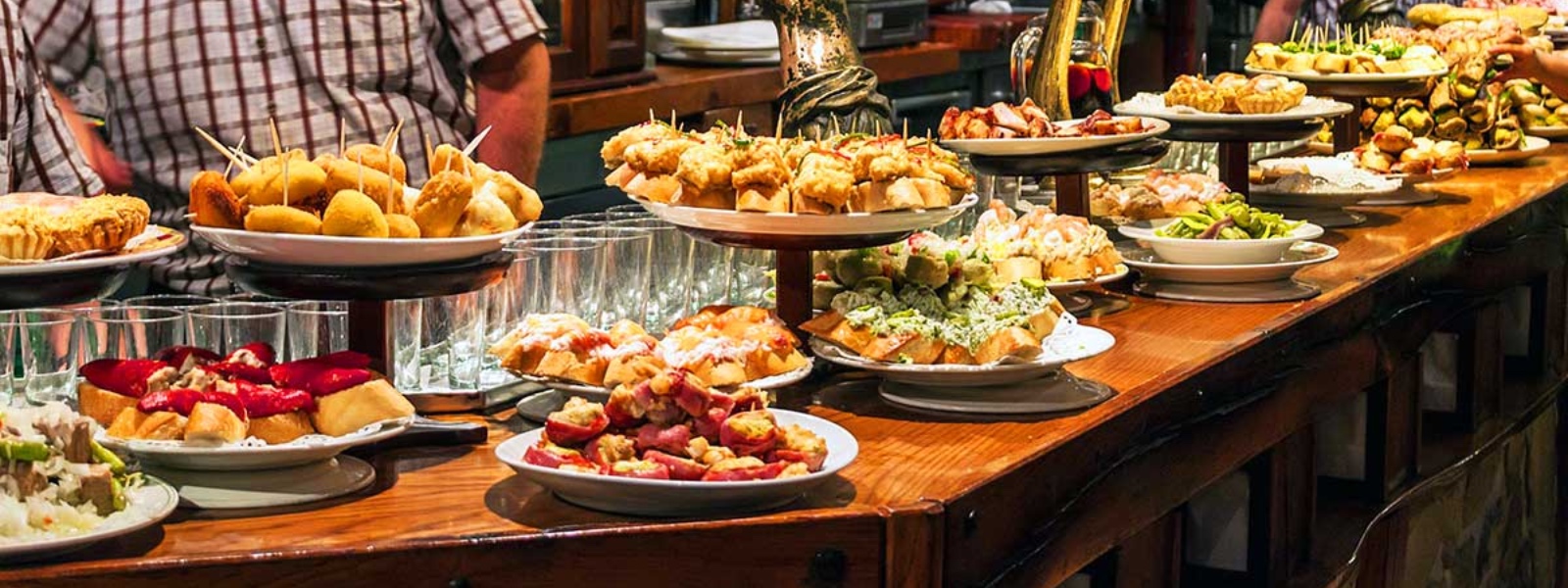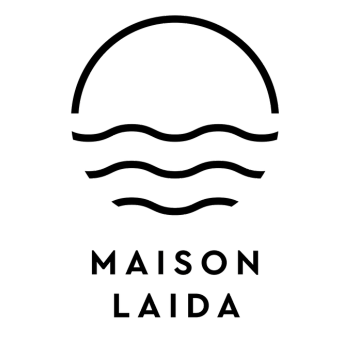GASTRONOMY AND CULTURE
Art, gastronomy, and tradition
GASTRONOMY AND CULTURE IN URDAIBAI
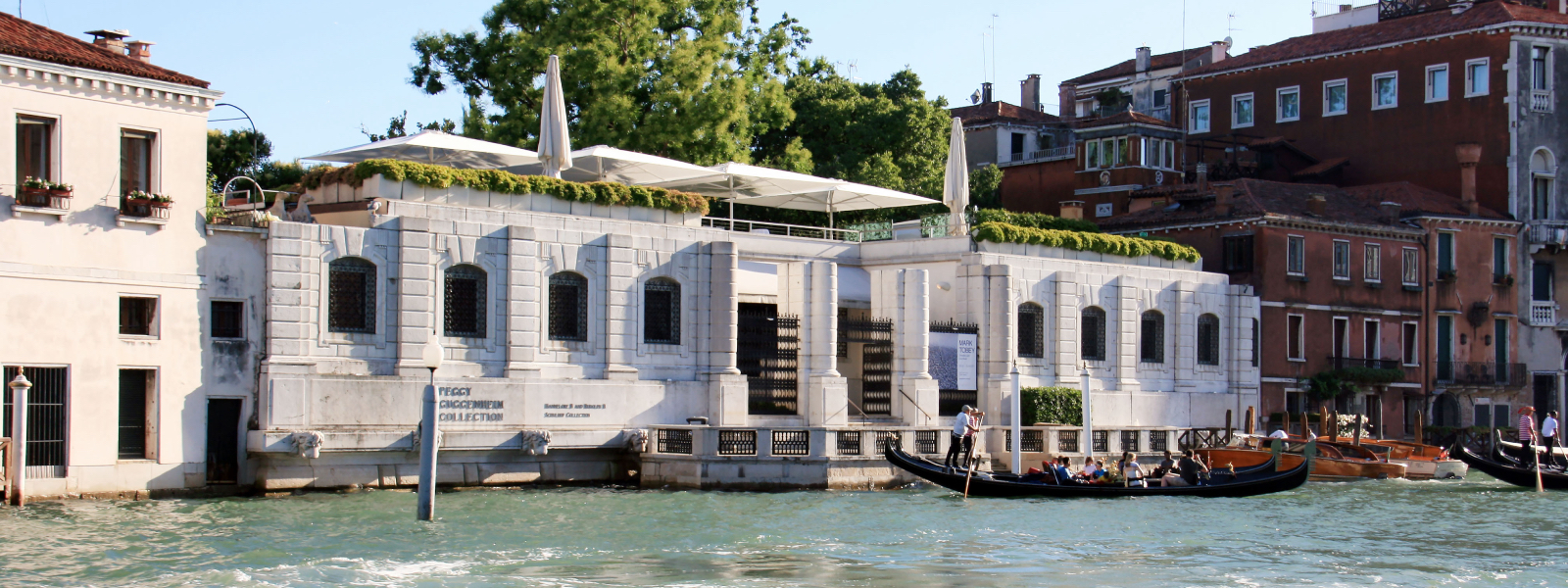
“Immerse yourself in Urdaibai’s pintxos and cider while discovering its history in every bite.”
Traditional Cuisine Tasting
In the area, you’ll find cider houses and family-run restaurants where the menu changes seasonally. You can try bonito marmitako freshly caught in the estuary, cod pil-pil with its typical emulsified sauce, or talos stuffed with chistorra sausage and Idiazabal cheese. Many restaurants bake their own bread and cook the fish to order, so it’s advisable to book in advance, especially on weekends.
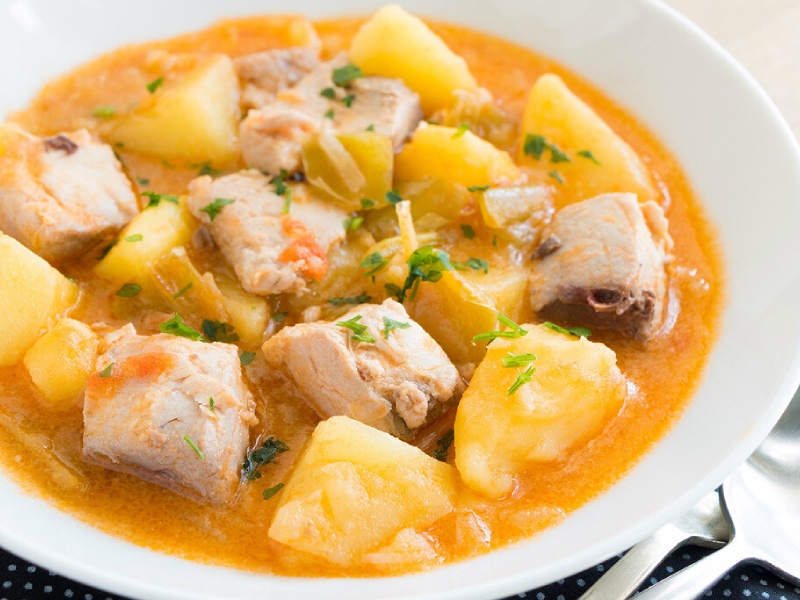
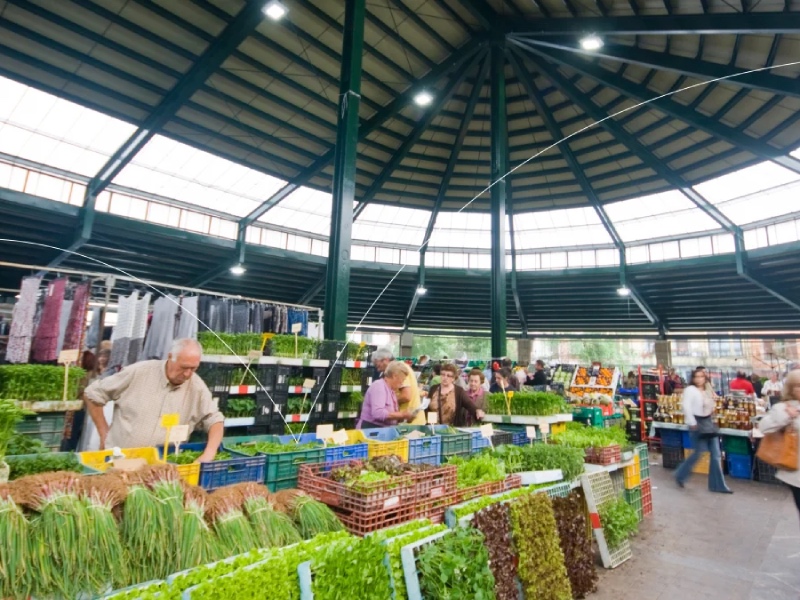
Walk through the Gernika market
The Gernika food market opens Tuesday through Sunday mornings and is the perfect place to see firsthand the produce that later goes into the kitchen. You’ll find stalls selling seasonal fruit and vegetables, freshly caught fish from the Cantabrian Sea, local cured meats, and artisan cheeses. Next to the market are delicatessens where you can buy anchovies from Lekeitio, homemade jams, cider, or wines from nearby wineries—perfect for preparing a dinner at your accommodation.
Txakoli and Cider Tasting
Several family wineries organize guided tours and tastings of txakoli—the local white wine—and natural cider. During the tour, you’ll learn about the entire fermentation process, the apple harvest, and the different styles of txakoli (fresh, fruity, barrel-aged). The tastings are often accompanied by pintxos such as cod omelet, homemade croquettes, or retinta beef steak, so you can experience how these drinks pair with the region’s cuisine.
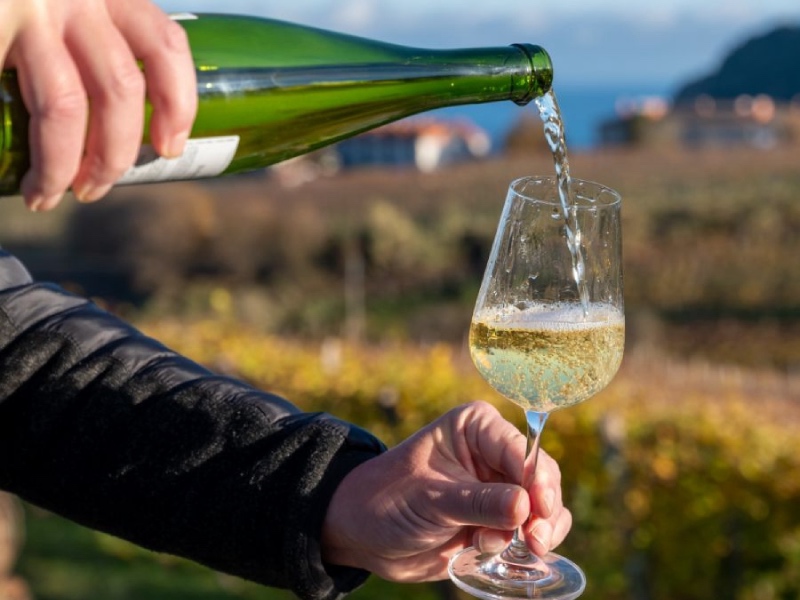
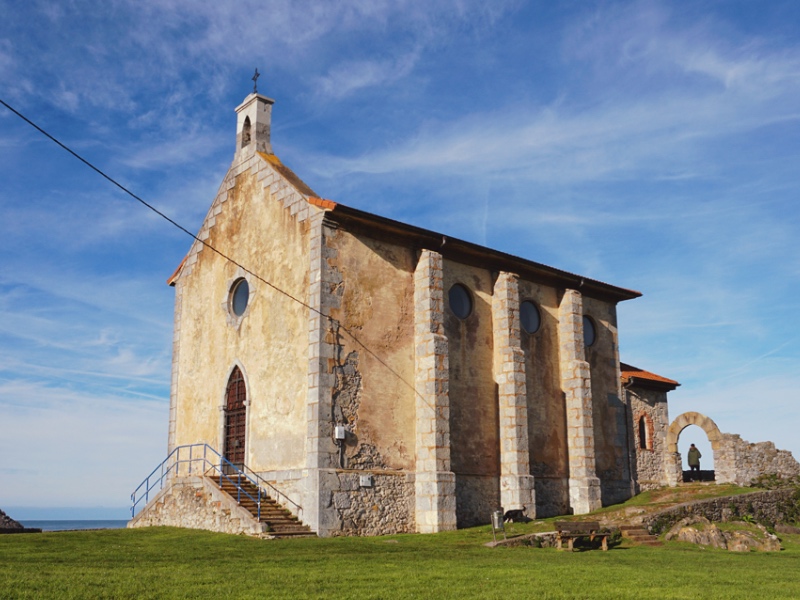
Historical Heritage Route
To discover Urdaibai’s historical heritage, we suggest a comprehensive tour: depart from your accommodation and, in just half an hour, you’ll reach the pre-Romanesque hermitage of Santa Catalina, where you can park next to the church. Then, take the BI-3101 to Gernika (12 km, 15 min) and, with a walk of approximately 400 m, visit the Casa de Juntas, the Basilica of Santa María, and the Peace Museum. Finally, continue along the BI-2231 to Bermeo (18 km, 20 min) to see the Balda Palace next to the port. In total, you’ll cover approximately 33 km by road and short stretches on foot, ideal for soaking up history.
Basque Cooking Workshop
Basque cooking workshops are held at several nearby locations. Under the supervision of local chefs, you’ll learn to prepare classic pintxos, San Sebastian-style spider crab, or Koskera-style hake. The group cooks together, sharing local techniques and products, and at the end, enjoy the dishes accompanied by a selection of local wines and cider.
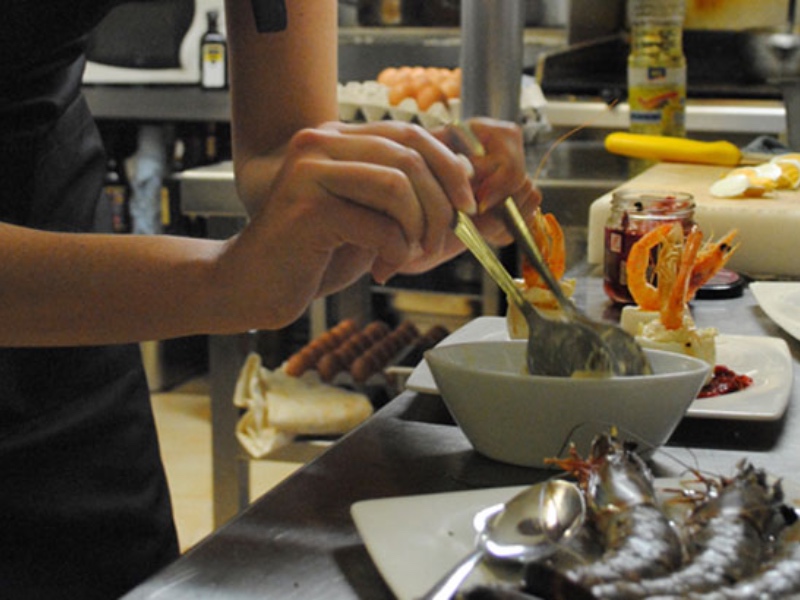
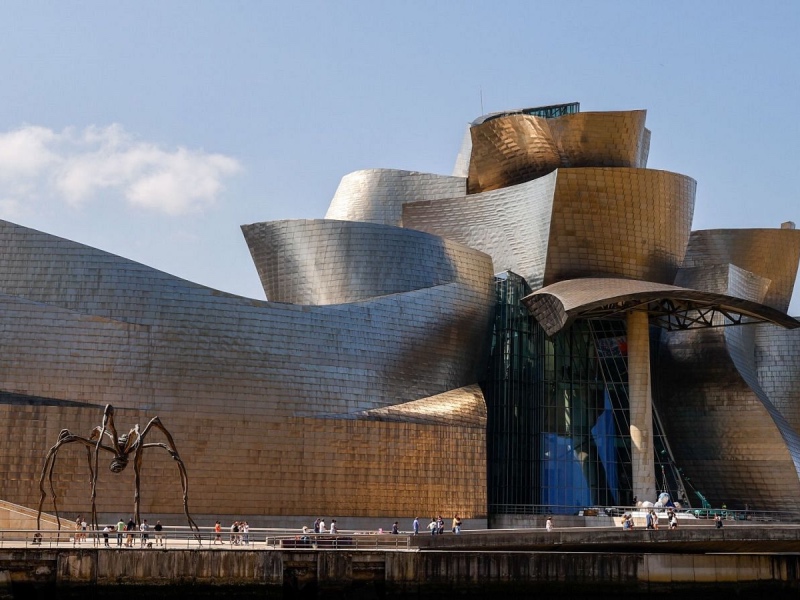
Visit the Guggenheim Museum Bilbao
Less than an hour’s drive from Urdaibai, the Guggenheim Museum Bilbao is a must-see for lovers of contemporary art and architecture. Designed by Frank Gehry, the building itself is a masterpiece of titanium and striking curves. Inside, you’ll find temporary exhibitions by world-class artists and a robust permanent collection ranging from pop art to modern sculpture. You can also take a stroll along the banks of the Nervión River, stop at the foundation’s shop to pick up a souvenir, and enjoy a coffee or a pintxo on the terrace overlooking the museum and the famous floral Puppy.
Visit the Cristóbal Balenciaga Museum
Just over 50 minutes by car from Urdaibai, in the upper part of Getaria, you will find the Cristóbal Balenciaga Museum, a modern building attached to the historic Aldamar Palace. This unique space is dedicated to the legacy of the Basque couturier, with a carefully curated selection of original dresses, sketches, and photographs that illustrate his career from his beginnings in Getaria to his consecration in Paris. The rooms, organized chronologically, allow you to appreciate the evolution of his haute couture patterns and techniques. The museum also offers guided tours and themed workshops to delve deeper into his impact on contemporary fashion, and has a shop where you can purchase reproductions and specialized publications.
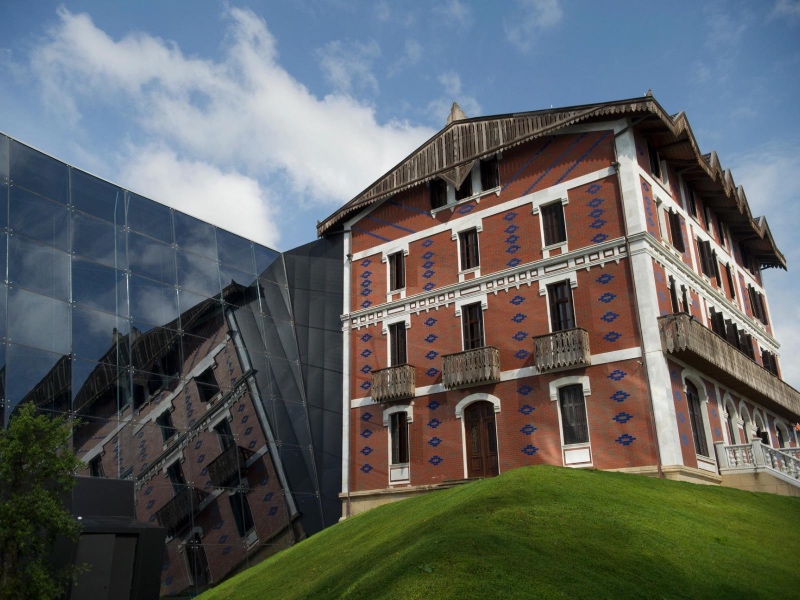
“Explore markets, wineries, and museums to experience the authentic fusion of Basque gastronomy and culture.”
